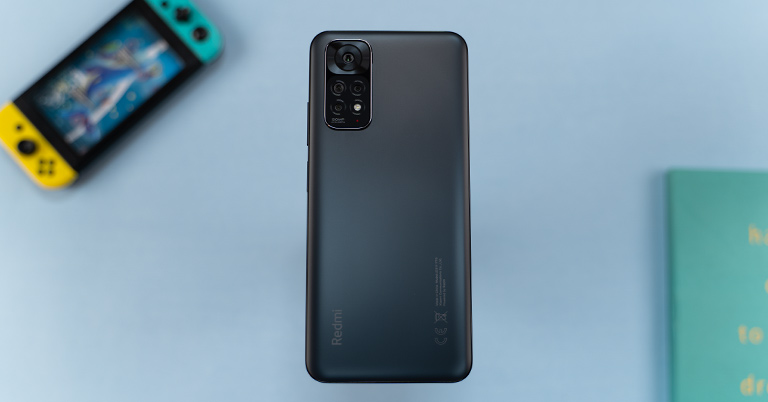
Redmi Note 11 is the latest budget smartphone from the Xiaomi sub-brand. The company was quick to launch it in Nepal, just a day after its official launch. I have been using the phone for close to a month now and I will be sharing our personal experience in this review. Before we start with the review, let’s take a quick look at the specs and pricing of the Redmi Note 11 in Nepal.
Redmi Note 11 Specifications:
- Body: 159.97 x 73.87 x 8.09mm, 179gm, IP53 dust/water resistant
- Display: 6.43 AMOLED DotDisplay panel, Corning Gorilla Glass 3, 1000 nits (peak), 4500000:1 contrast, 90Hz refresh rate
- Resolution: FHD+ (2400 x 1080 pixels), 20:9 aspect ratio, 409 PPI
- Chipset: Qualcomm Snapdragon 680 (6nm Mobile Platform)
- CPU: Octa-core (2×2.4 GHz Kryo 265 Gold & 6×1.9 GHz Kryo 265 Silver)
- GPU: Adreno 610
- Memory: 4/6GB LPDDR4X RAM, 64/128GB UFS 2.2 storage (expandable)
- Software & UI: MIUI 13 on top of Android 11
- Rear Camera: Quad-camera;
– 50MP Samsung ISOCELL JN1, f/1.8 primary lens
– 8MP, f/2.2 wideangle lens
– 2MP, f/2.4 depth sensor
– 2MP, f/2.4 macro sensor
– LED flash - Front Camera: 13MP, f/2.4 lens (punch-hole)
- Audio: 3.5mm headphone jack, stereo speaker, Hi-Res
- Security: Side-mounted fingerprint sensor
- Connectivity: Dual-SIM (Nano), WiFi 802.11 a/b/g/n/ac, Bluetooth 5.0, GPS L1 / Glonass G1 / Beidou B1 / Galielo E1, USB Type-C, 4G LTE
- Sensors: Proximity, E-compass, Accelerometer, Gyro, IR Blaster, Ambient Light Sensor
- Battery: 5000mAh with 33W charging (33W charger inside the box)
- Color options: Twilight Blue, Graphite Gray
- Price in Nepal: Rs. 22,999 (4/64GB) | Rs. 24,999 (4/128GB) | Rs. 26,999 (6/128GB)
Redmi Note 11 Review:
Display
- 6.43-inches FHD+ AMOLED “DotDisplay”
- 90/180Hz refresh rate/touch sampling rate
- Gorilla Glass 3 protection
With the specs out of the way, allow me to kick things off with the things that I’m impressed from this phone. No prize for guessing—it’s the 6.43” AMOLED display. While its predecessor settled for a standard 60Hz refresh rate, Redmi has provided a faster 90Hz panel on the Note 11. As a result, scrolling through the UI feels a lot smoother here. More on that later.
This makes Redmi Note 11 the only device in its price range to offer a 90Hz FHD AMOLED screen. Currently, there is no phone other than the Redmi Note 11 in this price bracket that ticks all three boxes in Nepal—at least at the time of this review. It is also protected by Gorilla Glass 3.
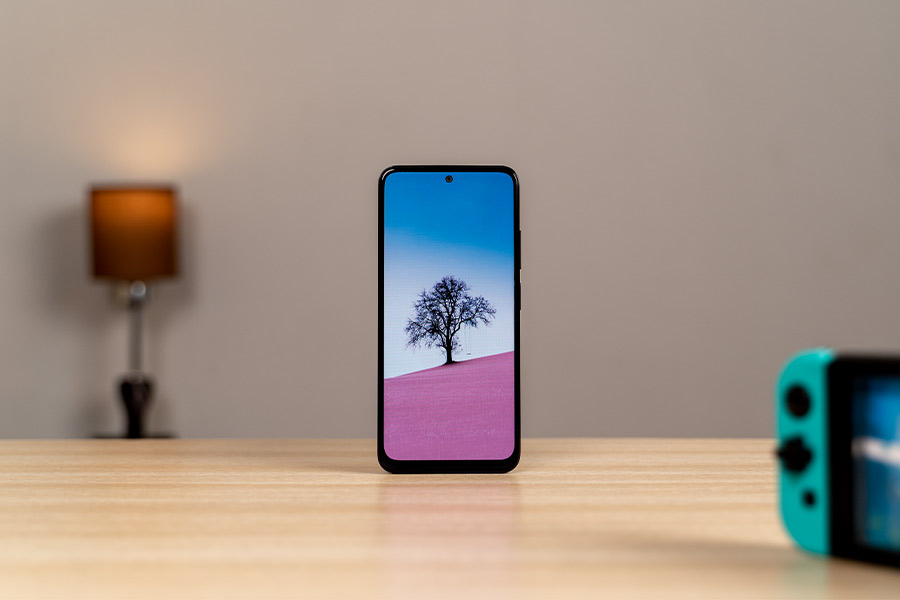
And you will really enjoy watching movies and series on this phone. Contents look plenty sharp since it is Widevine L1 certified for HD playback on streaming platforms like Netflix, while you also get to enjoy the vibrant colors and deep blacks of an OLED panel.
Note 11 even supports the DCI-P3 color gamut which makes colors pop more compared to the standard sRGB gamut. On the other hand, its brightness reaches up to 700 nits under high brightness mode which is enough to maintain easy outdoor visibility.
Still not perfect, though
That being said, this display is far from perfect. I found the automatic brightness adjustment a tad bit slower here. And since the default “Vivid” color mode uses it to adjust visuals, the contrast may seem off for split seconds at times.
Also, I have noticed some screen flickers—mostly during the night—when I usually keep the brightness at its lowest. Because it wasn’t a routine experience, it’s not an absolute deal-breaker for me but it’s something you guys need to know. There is no HDR playback either but that’s okay for a budget phone.
Multimedia Experience
Next, let’s talk about the audio setup which is another crucial aspect of the multimedia experience. If you are not aware, Xiaomi has kinda democratized stereo speakers by offering one on most of its budget and mid-range smartphones.
And Note 11’s speakers have made quite an impression on me. They can get sufficiently loud and I hardly noticed any imbalance between the audio quality from the top and bottom speaker units. Of course, there’s little to zero bass to enjoy here—but I’m just nitpicking at this point.
Design and Ergonomics
- 159.97 x 73.87 x 8.09mm; 179 grams
- Glass front, Plastic back, Plastic frames
- IP53 rating
Moving on, the phone brings a refreshed design with flat frames. Like many others, I was quite skeptical of this flat edge layout at first. But its rear panel thankfully retains a slight curve which results in a comfortable hands-on feel.
As a result, be it casual usage or gaming, you will have no trouble handling the phone. Weighing around 180 grams, it does not feel that heavy too. On top of this, it is also IP53 certified against dust and splash damage while an IR blaster finds its way on the Redmi Note 11 as well.
Performance
- Octa-core Qualcomm Snapdragon 680 4G SoC (6nm)
- 4/6GB LPDDR4X RAM, 64/128GB UFS 2.2 storage
- Android 11 with Xiaomi’s MIUI 12.5 on top
Then again, its performance has divided people more than anything else about the phone. Underneath, there’s the new Snapdragon 680 chip which sounds like an upgrade over the Snapdragon 678 on last year’s Note 10. I mean—it does have a higher number in the name which means it should be superior, right?
Is Snapdragon 680 any better than the 678?
However, it’s not that simple. Monikers can be deceiving after all! First off, the 680 does bring some improvement over the 678—mostly on the power consumption side of things. It is built on a 6nm process that makes it more power-efficient than the 678 which was 11nm-based.
And there’s a definite advantage to this node jump. In my usage, Note 11 averaged 8 hours of screen-on time with a 15% battery still left at the end of the day.
Even the charging is quite swift here with the 33W Pro power brick that Xiaomi ships inside the box, which takes the phone from 0 to 100% in just 1 hour and 5 minutes. Not as fast as advertised but fast nonetheless.
In addition, the Snapdragon 680 brings support for 90Hz 1080p displays and a triple Image Signal Processor (ISP). Sadly, this is where its edge over the 678 ends. As you can see from this table, everything from the CPU to GPU is simply better on the 678.
| 680 | 678 | 665 | |
| Process Node | 6nm | 11nm | |
| CPU (Kryo) | 265 (Cortex-A73 + A53) | 460 (Cortex-A76 + A55) | 260 (Cortex-A73 + A53) |
| Max Clock Speed | 2.4GHz | 2.2GHz | 2.0GHz |
| GPU (Adreno) | 610 | 612 | 610 |
| ISP (Spectra) | 346 (Triple ISP) | 250L (Double ISP) | 165 (Double ISP) |
| Modem | Snapdragon X11 LTE | Snapdragon X12 LTE | |
Gaming Experience
In fact, Snapdragon 678’s CPU and GPU are a lot more comparable to that of the 665 instead. By the way, that’s the same chip that Xiaomi used on the Redmi Note 8 way back in 2019.
Therefore, the 680’s restricted hardware capability is evident when gaming. While you can play PUBG: Mobile at Balanced graphics and Ultra frame rate on the Note 10, its successor maxes out at Balanced graphics and Medium frame rate only.

However, if you want the best PUBG experience, I’ll suggest you to game on Smooth graphics and High frame rates like I did. The gameplay is a lot more stable here and the phone does not get warm over a long duration either.
Likewise, you can enjoy Asphalt 9 at high settings, but the visuals seemed a little off to me. I was also able to play Mobile Legends at High graphics and Ultra frame rate with negligible stutters here and there.
Is MIUI any different than MIUI 12.5?
That being said, the Note 11 can handle normal day-to-day tasks quite well. Performance is not an issue during casual web browsing, social media usage, and multimedia consumption. Moreover, it is among the first phones to ship with the new MIUI 13 out of the box and many of you have been asking me about what’s new here.
Unfortunately, I did not notice many differences between MIUI 13 and 12.5. Maybe it has to do with the fact that my Redmi Note 11 is still stuck on Android 11 at the time of this review.
As a result, many of the new features that Xiaomi announced on the Chinese launch of MIUI 13 are not present here. I did not even find the sidebar feature that the company announced on the Global launch—although that’s present on its Pro sibling.
Still stuck on Android 11
What’s even worse is that while my Note 11 is still on Android 11, some Redmi Note 10 users have already started receiving the Android 12 update. I am obviously not against the company pushing updates on older phones but the whole situation is quite confusing to me.
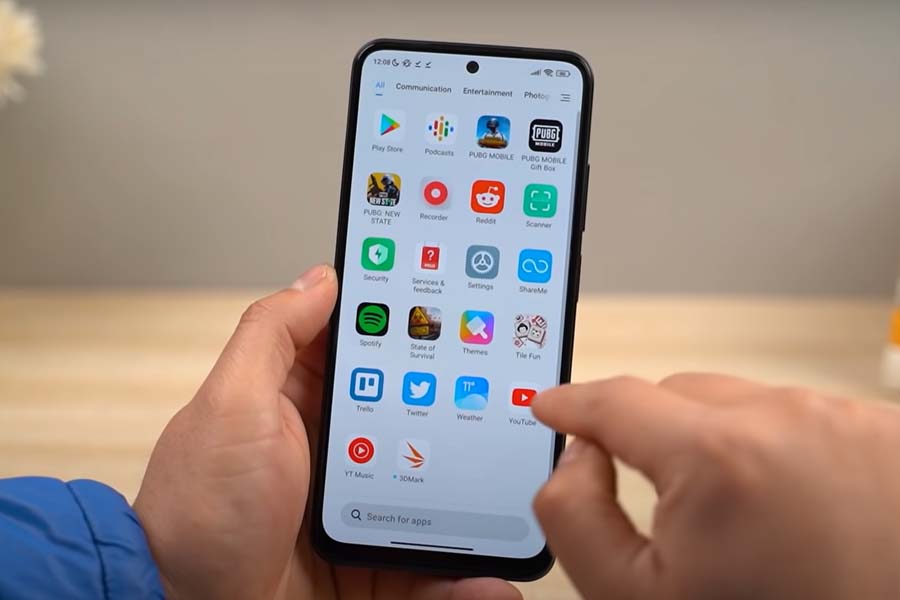
Additionally, it also comes with a bunch of pre-loaded apps but you can easily uninstall most of them. The UI seems well optimized for 90Hz though. I have not faced any issues like micro stutters here as well. Add the 180Hz touch sampling rate to the mix, the phone feels quite responsive.
Yet, the RAM management here feels okay-ish only. While it does not kill apps as soon as you leave them, it also does not keep them on memory for as long as I would’ve liked.
Bugs on the MIUI
On the other hand, you might know that we have been quite vocal about MIUI’s under-optimized dark mode in our reviews. Fortunately, the situation seems to have improved with the MIUI 13 since it does not force dark mode on all apps by default. But again, there’s no option to change the settings for individual apps, which seems like a bug to me.
And that’s just the tip of the iceberg. The biggest issue that I have faced with my Redmi Note 11 is with the Wi-Fi connectivity. At times, the phone just completely fails to scan Wi-Fi signals. I have to restart it multiple times to be able to see the available Wi-Fi connections around me—whereas there would be no internet access even after connecting to Wi-Fi sometimes.
It’s just not me—a lot of people have shared a similar experience. Wi-Fi issues on MIUI are pretty well documented too, so I think Redmi should look into the matter ASAP!
Anyway, a lot of users complained about the proximity sensor on last year’s Redmi Note 10. But I am yet to face such an issue with its successor. I am also quite impressed with the haptics that Redmi has managed to provide in this price range.
Camera
- Quad-camera setup at the back
- (50MP main, 8MP ultrawide, 2MP depth, 2MP macro)
- 13MP selfie camera
Getting to the cameras, the Note 11 brings a quad-camera setup at the back. But only the 50MP primary camera takes decent shots here.
This Isocell JN1 main sensor is known to have the world’s smallest pixel size at 0.64µm. In case you don’t know, smaller pixels cannot capture much light and thus result in low image quality. To avoid this, Note 11 shoots natively at 12.5MP by combining four pixels together—aka pixel binning.
So, the image quality from this camera is heavily reliant on the ambient lighting condition. Under bright sunlight, it churns out decent photos with good color and adequate sharpness. However, it can get inconsistent at times—especially under relatively dim conditions.
Nighttime Images
Weirdly enough, the low-light photos get worse with Night Mode turned on. It does brighten up some dark areas of the image, but that doesn’t necessarily improve upon the details and overall picture quality. As you can see here, the end result has too much noise in it.
Ultrawide Shots
Likewise, the 8MP ultrawide sensor fails to deliver the same dynamic range as the main camera and the photos aren’t that detailed either. At times, you can even notice the color shift when switching from primary to the ultrawide camera.
Portrait Images
Portrait shots look good enough with decent edge detection. However, the phone tries to brighten up the subject even without any beautification or other enhancement feature turned on.
Selfie Images
Moving on, the 13MP selfie camera struggles to maintain background exposure. Photos have muted colors and the selfies look smooth as well. Honestly, I wouldn’t use these pictures for my social media posts.
Videography
On the video front, Redmi has even dropped 4K recording support on the Note 11 which was available on its predecessor. It’s a chipset limitation since the Snapdragon 680 maxes out at Full HD recordings.
Coming to the core video quality itself, there is no stabilization of any kind here in both 1080P 60 and 30fps modes. As a result, the videos are shaky and also not that detailed.
Redmi Note 11 Review: Conclusions
And that brings us to the end of this review. Truth be told—the Redmi Note 11 has somewhat grown on me. As someone whose primary use-case consists of web browsing and content consumption, I am really impressed by what it offers for the price in terms of display, audio, and battery life.
However, it clearly is not for someone who values raw performance over everything else. Its downgraded performance means the older Note 10 still has an edge over the new Note 11 when it comes to gaming. And it gets more tricky since it is comparatively more expensive.
Moreover, the Note 11 is also strictly average when it comes to photography—but that isn’t anything new for a budget Redmi phone.
Redmi Note 11 Review: Pros and Cons
Pros:
- AMOLED screen is good for the price
- Decent stereo speakers
- Exceptional battery life
Cons:
- Downgraded performance compared to its predecessor
- Still stuck on Android 11
- Cameras are strictly average











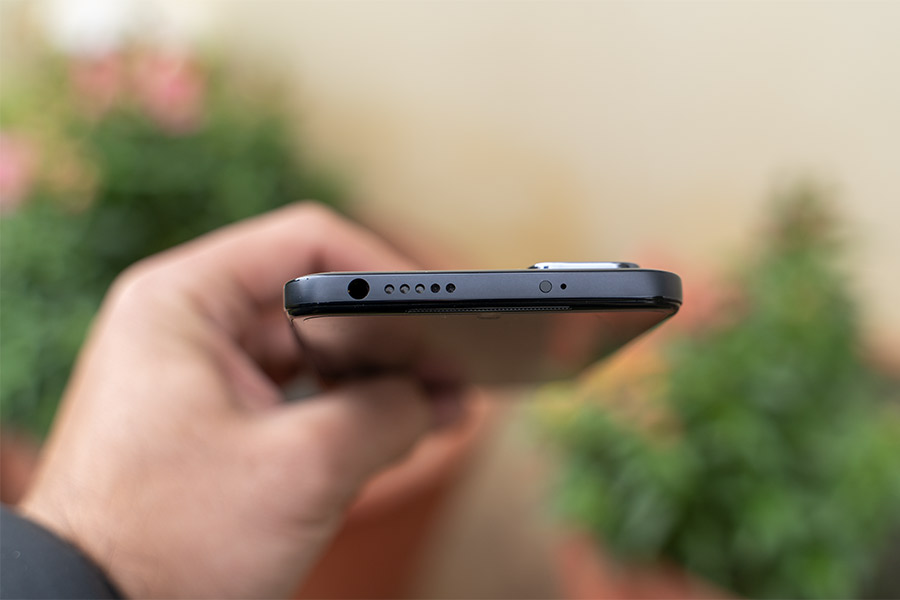
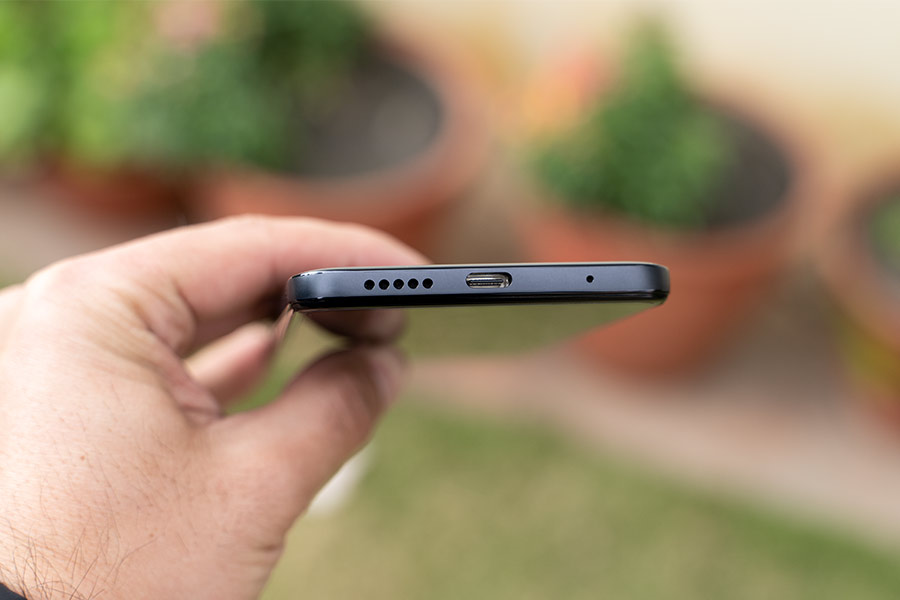
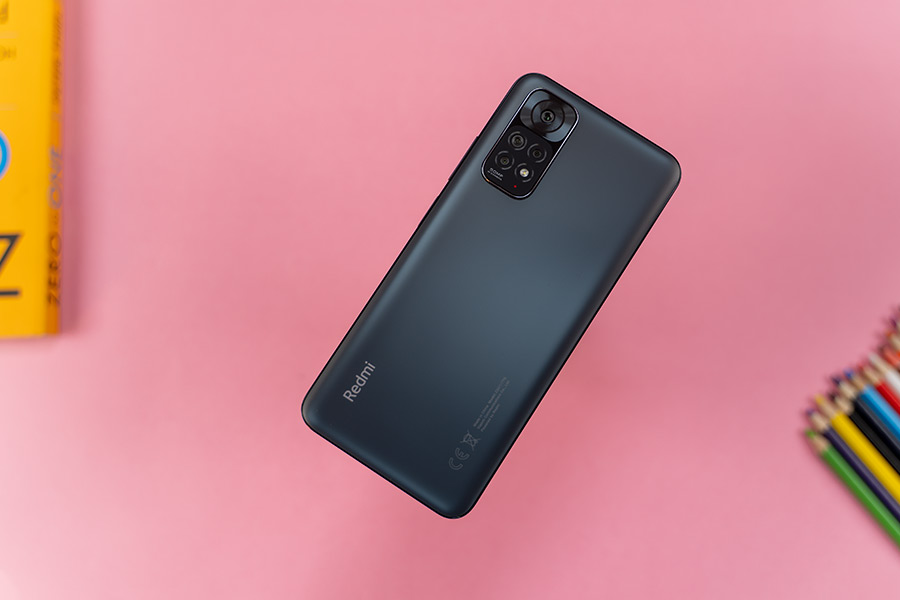
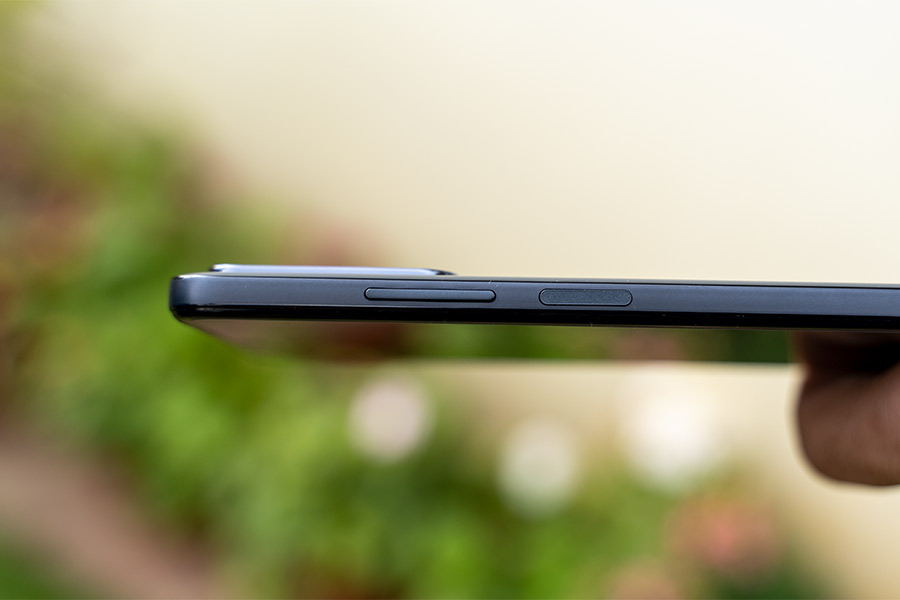
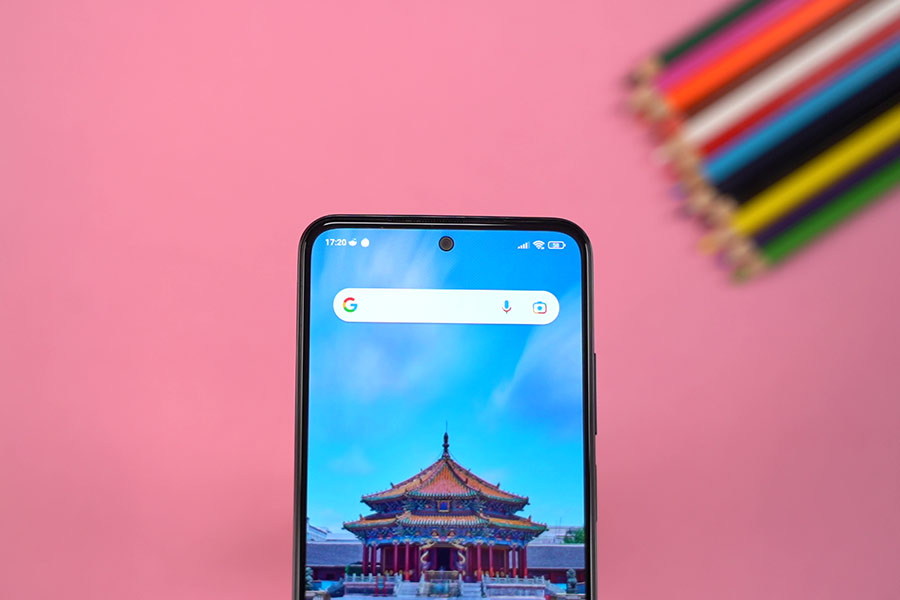
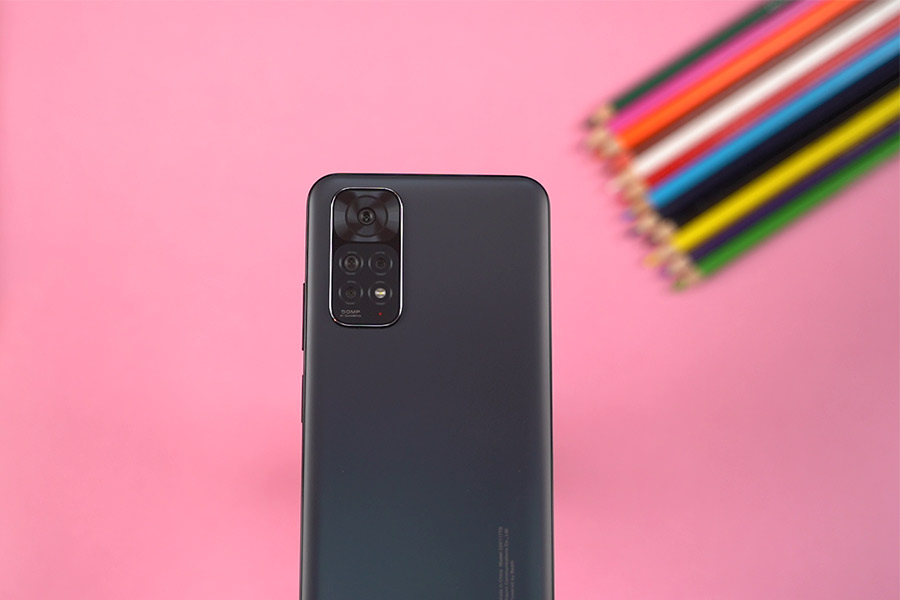
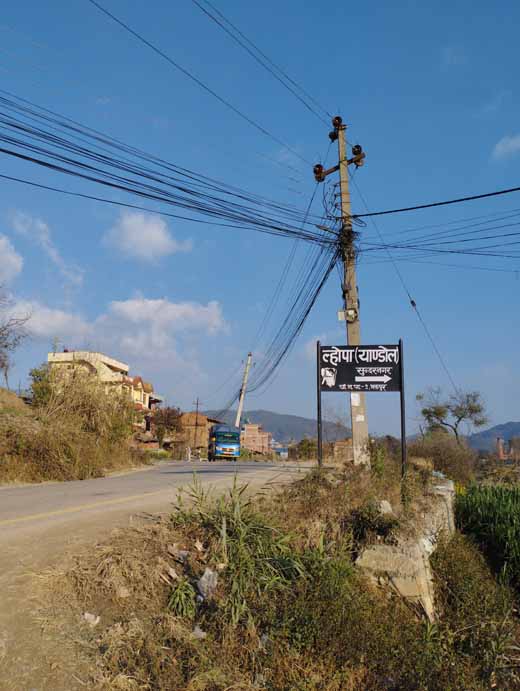



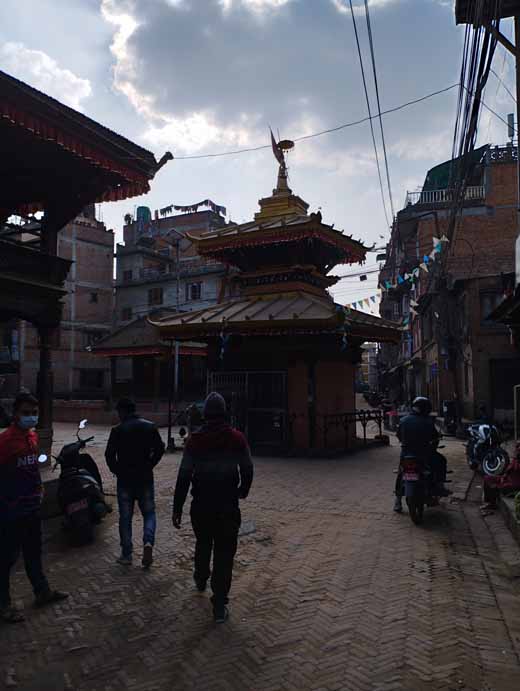
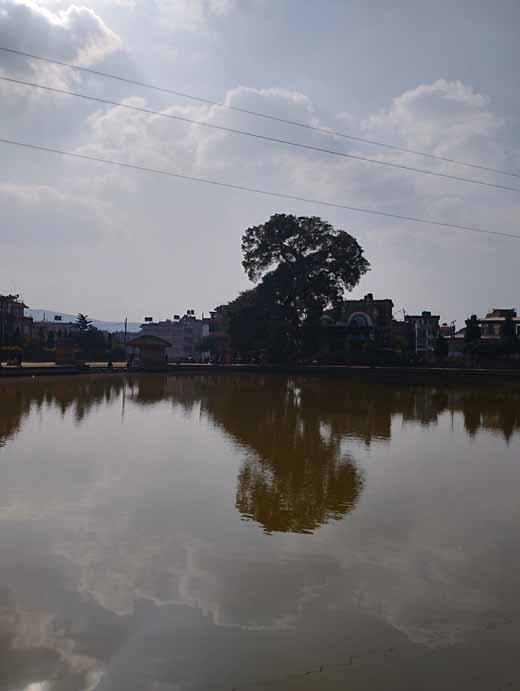
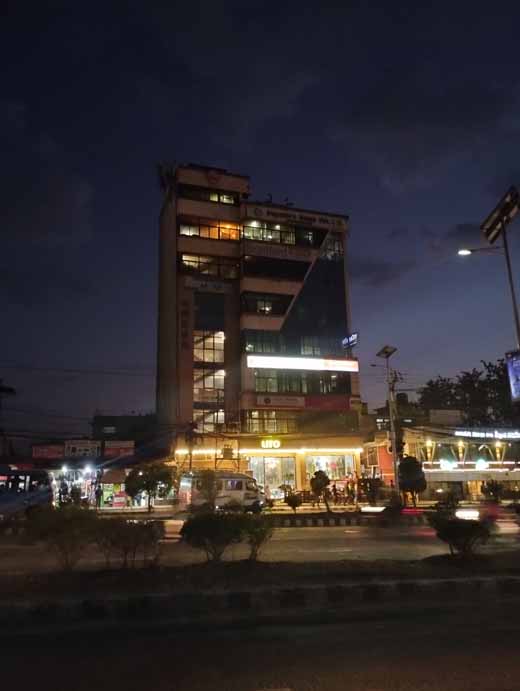

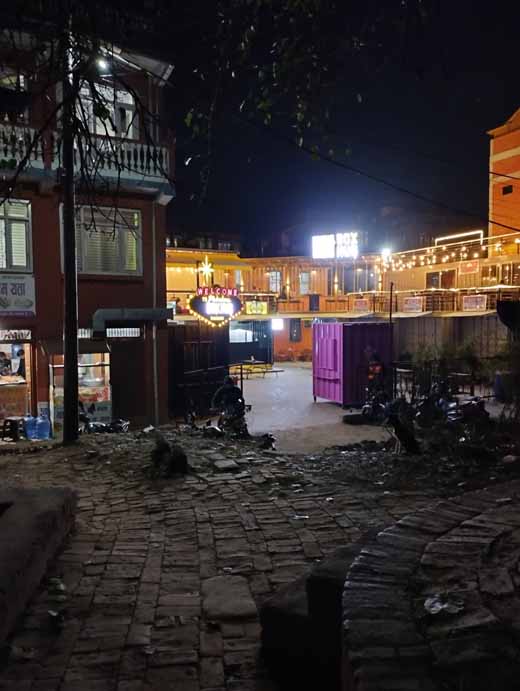
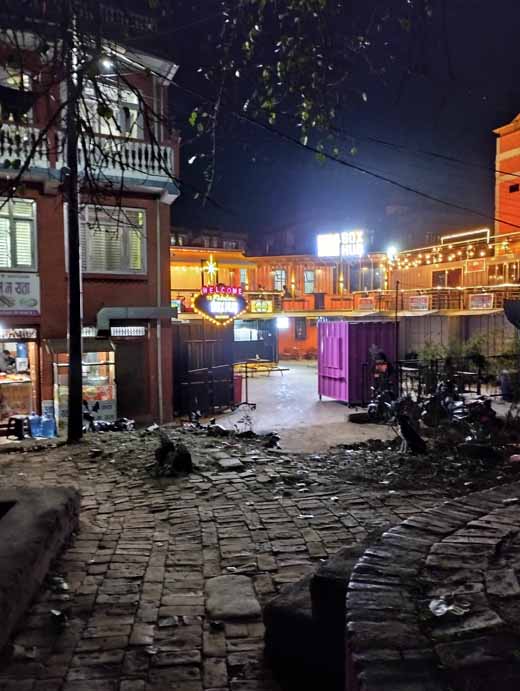
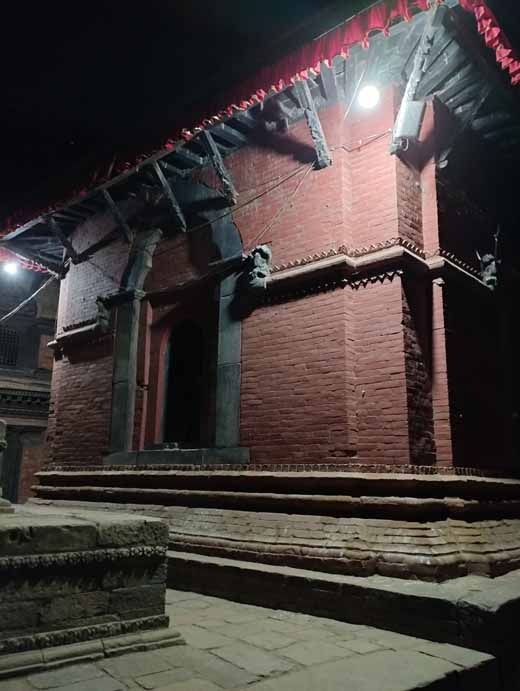

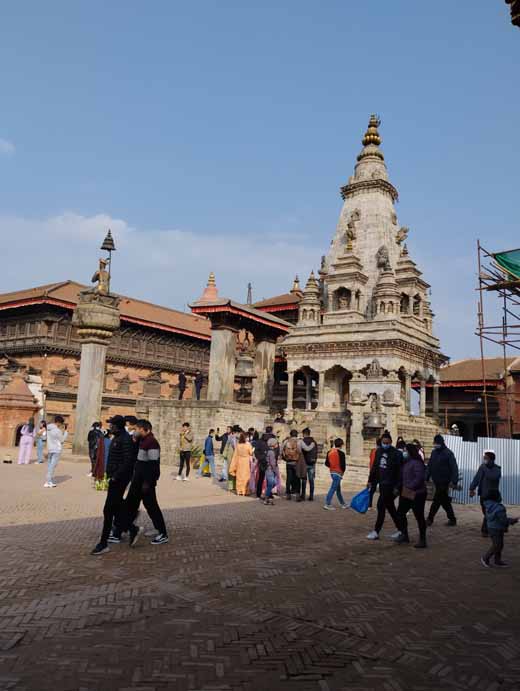
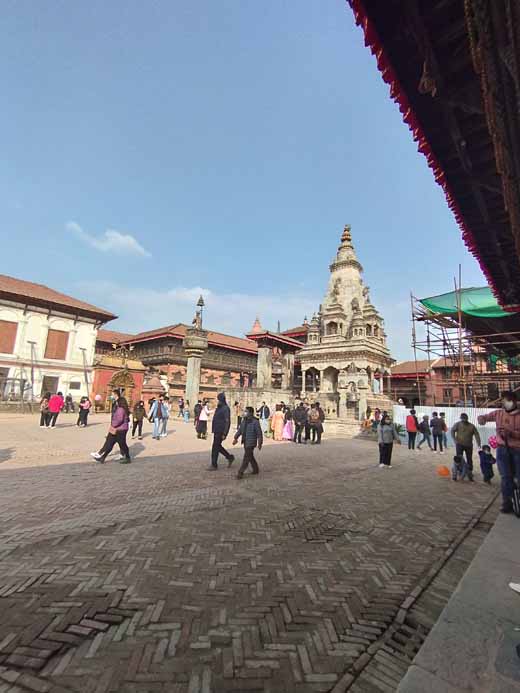


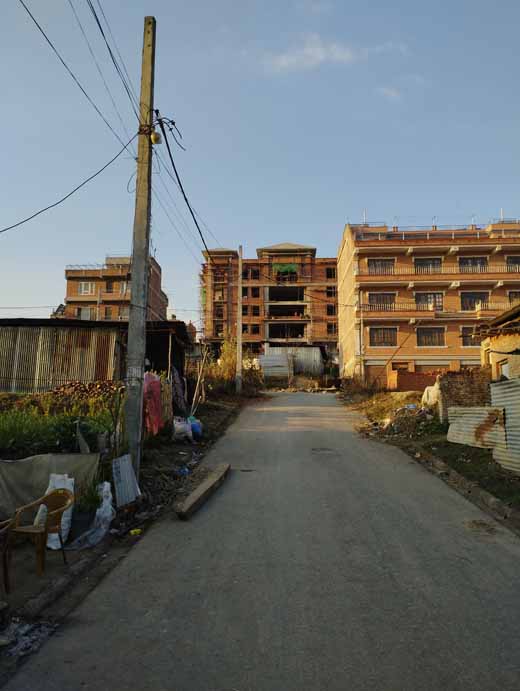
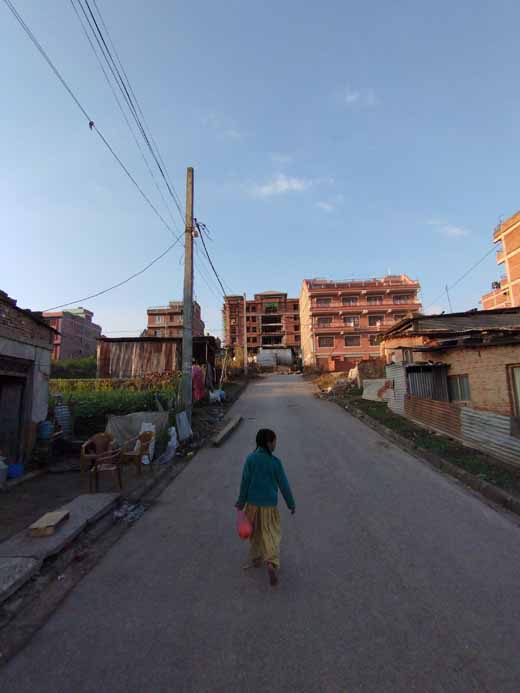
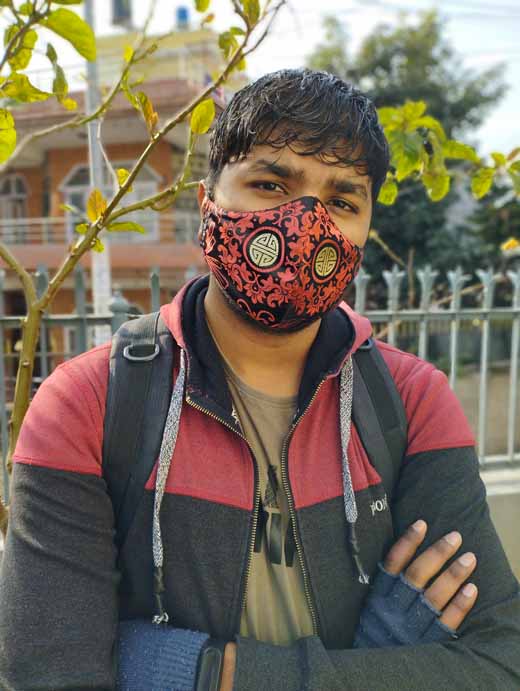










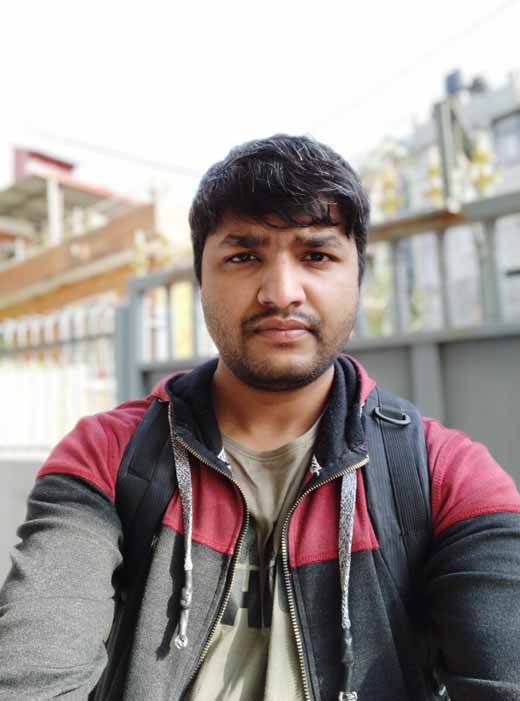









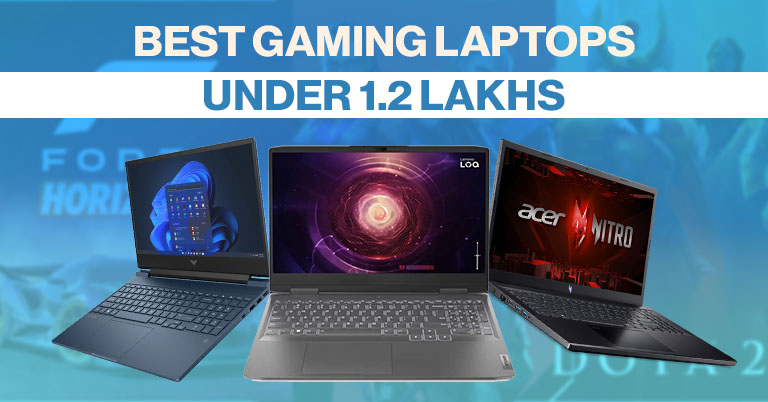

![Best Mobile Phones Under Rs. 15,000 in Nepal [Updated] Best Phones Under 15000 in Nepal 2024 Budget Smartphones Cheap Affordable](https://cdn.gadgetbytenepal.com/wp-content/uploads/2024/03/Best-Phones-Under-15000-in-Nepal-2024.jpg)
![Best Mobile Phones Under Rs. 20,000 in Nepal [Updated] Best Mobile Phones Under NPR 20000 in Nepal 2023 Updated Samsung Xiaomi Redmi POCO Realme Narzo Benco](https://cdn.gadgetbytenepal.com/wp-content/uploads/2024/01/Best-Phones-Under-20000-in-Nepal-2024.jpg)
![Best Mobile Phones Under Rs. 30,000 in Nepal [Updated]](https://cdn.gadgetbytenepal.com/wp-content/uploads/2023/12/Best-Phones-Under-30000-in-Nepal-2024.jpg)
![Best Mobile Phones Under Rs. 40,000 in Nepal [Updated] Best Phones Under 40000 in Nepal 2024 Smartphones Mobile Midrange](https://cdn.gadgetbytenepal.com/wp-content/uploads/2024/02/Best-Phones-Under-40000-in-Nepal-2024.jpg)
![Best Mobile Phones Under Rs. 50,000 in Nepal [Updated] Best Phones Under 50000 in Nepal 2024 Smartphones Midrange](https://cdn.gadgetbytenepal.com/wp-content/uploads/2024/02/Best-Phones-Under-50000-in-Nepal-2024.jpg)
![Best Flagship Smartphones To Buy In Nepal [Updated] Best Smartphones in Nepal 2024 Flagship Premium Samsung Apple iPhone Xiaomi OnePlus Honor](https://cdn.gadgetbytenepal.com/wp-content/uploads/2023/09/Best-Smartphones-in-Nepal-2024.jpg)